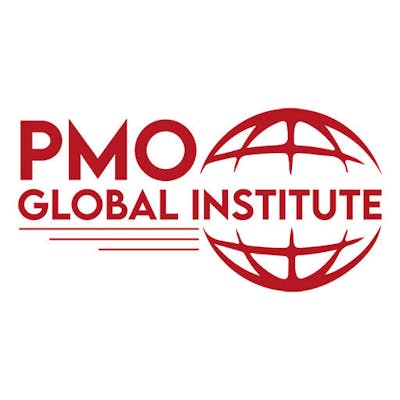Agile project management practices are becoming increasingly popular among businesses worldwide. Many businesses are adopting the agile project management approach to increase the success rate of their projects. One of the essential components of an agile project management approach is a Project Management Office (PMO). In this article, we will discuss the five best practices for successful project delivery in agile PMO.
Introduction
In today's fast-paced business environment, companies need to be agile to survive and thrive. Agile project management has proven to be a successful approach in delivering projects quickly and efficiently. Agile PMO can help organizations implement the agile project management approach successfully. In this article, we will discuss the best practices that organizations should follow to ensure successful project delivery in agile PMO.
What is Agile PMO?
Agile PMO is a framework that supports the agile project management approach in an organization. It provides guidance and support to project teams in implementing agile practices. Agile PMO is responsible for defining the standards and best practices for agile project management in the organization.
Benefits of Agile PMO
Improved project delivery
Increased collaboration and communication among project teams
Better alignment between projects and organizational goals
Reduced project risk
Increased project transparency
Faster decision-making process
5 Best Practices for Successful Project Delivery in Agile PMO
1. Develop a Clear Vision and Goals
Agile PMO should develop a clear vision and goals for the organization's projects. The vision and goals should align with the organization's overall objectives. Clear goals help project teams understand what they need to achieve and provide direction for their work.
2. Establish a Governance Model
Agile PMO should establish a governance model that defines the decision-making process for project teams. The governance model should clearly define the roles and responsibilities of each team member. It should also include processes for risk management, issue resolution, and change management.
3. Define Roles and Responsibilities
Agile PMO should clearly define the roles and responsibilities of each team member. This helps to ensure that everyone understands their role in the project and the contribution they need to make. Clear role definitions also help to prevent confusion and conflict among team members.
4. Implement Continuous Improvement
Agile PMO should implement a continuous improvement process to enhance project performance continually. The continuous improvement process involves regular reviews of the project's progress and identifying areas for improvement. The process helps to ensure that the project remains aligned with the organization's goals and objectives.
5. Provide Support and Coaching
Agile PMO should provide support and coaching to project teams to help them achieve their objectives. The support can come in the form of training, mentoring, or coaching. Agile PMO should also provide the necessary resources to enable project teams to achieve their objectives successfully.
Conclusion
Agile PMO is an essential component of agile project management. It provides guidance and support to project teams to ensure successful project delivery. Organizations can follow the best practices discussed in this article to implement the agile project management approach successfully.
